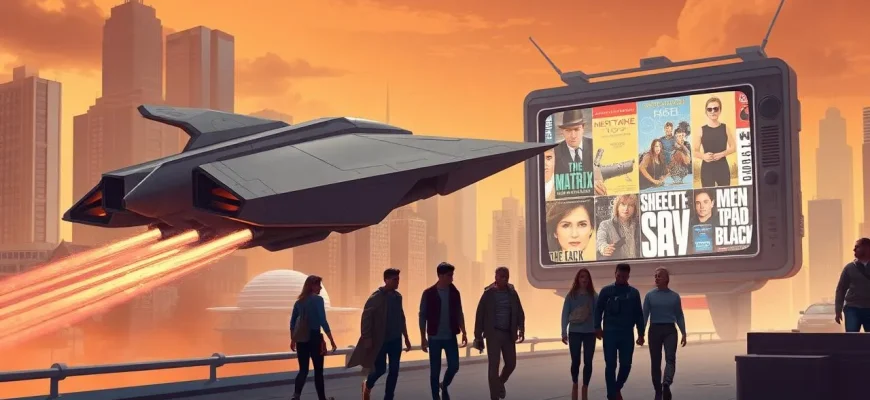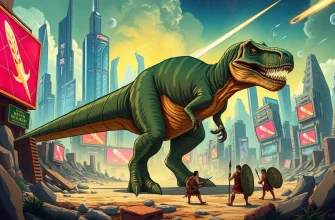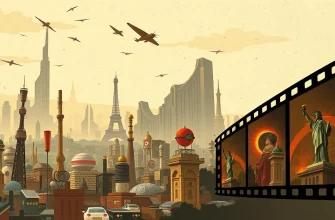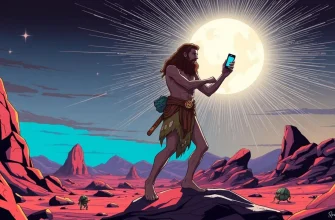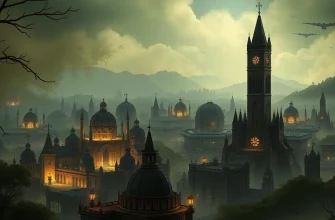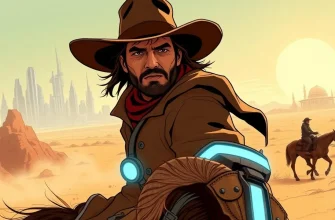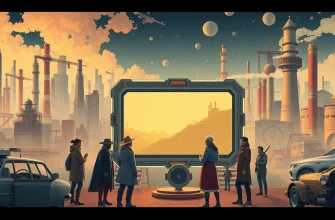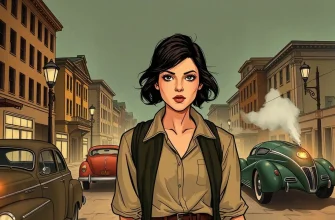The 1990s were a remarkable decade for science fiction cinema, where the blend of innovative special effects, compelling narratives, and cultural shifts created some of the most memorable films in the genre. This curated list brings together ten films that not only defined the era but also continue to captivate audiences with their visionary storytelling and timeless themes. Whether you're a die-hard sci-fi fan or just looking for a nostalgic trip back in time, these films offer a unique glimpse into the future as imagined by the past.
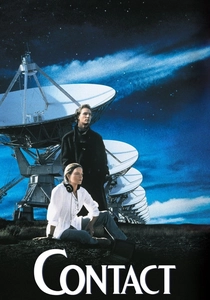
Contact (1997)
Description: Based on Carl Sagan's novel, Contact delves into the search for extraterrestrial intelligence, offering a thoughtful exploration of science, faith, and human curiosity.
Fact: The film's depiction of the VLA (Very Large Array) in New Mexico was so accurate that it was used for educational purposes. Jodie Foster's character was inspired by Sagan's wife, Ann Druyan.
 Watch Now
Watch Now
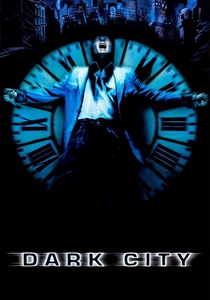
Dark City (1998)
Description: With its noir aesthetic and existential themes, Dark City explores identity and reality in a way that resonates with the introspective mood of the 90s.
Fact: The film was released in the same year as The Matrix, and both share themes of reality manipulation. It was originally conceived as a much smaller, more intimate film.
 Watch Now
Watch Now
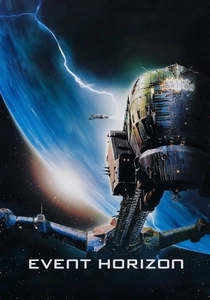
Event Horizon (1997)
Description: Combining horror with sci-fi, Event Horizon explores the psychological terror of space travel and the unknown, making it a cult classic for its eerie atmosphere.
Fact: The film was heavily edited before release, with some scenes considered too graphic. The original cut was much darker and more intense.
 Watch Now
Watch Now

The Fifth Element (1997)
Description: A visually stunning and eclectic mix of action, comedy, and sci-fi, this film captures the essence of 90s extravagance with its vibrant world-building and quirky characters.
Fact: The film's futuristic cityscape was inspired by the work of French artist Jean Giraud (Moebius). The opera scene was performed live by actress Maïwenn Le Besco.
 Watch Now
Watch Now
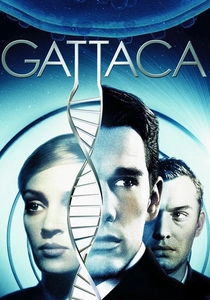
Gattaca (1997)
Description: A thought-provoking film about genetic engineering and the ethics of human enhancement, Gattaca remains relevant for its commentary on societal expectations and personal identity.
Fact: The film's title is derived from the letters representing the four nucleobases of DNA: guanine, adenine, thymine, and cytosine. The swimming scenes were filmed in a real pool, with actors actually swimming.
 Watch Now
Watch Now
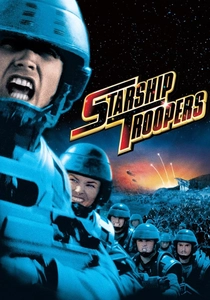
Starship Troopers (1997)
Description: This satirical take on militarism and fascism, disguised as a bug-hunting adventure, offers a unique blend of action and social commentary, making it a standout in 90s sci-fi.
Fact: The film was initially misunderstood as a straightforward action flick, but it's actually a sharp critique of fascist ideologies. The bugs were created using a combination of CGI and practical effects.
 Watch Now
Watch Now
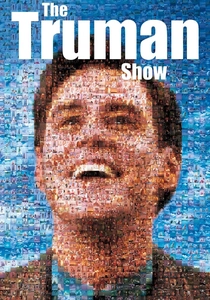
The Truman Show (1998)
Description: While not strictly sci-fi, this film's exploration of reality TV and the manipulation of one's life for entertainment purposes has a distinctly futuristic feel, fitting the 90s zeitgeist.
Fact: The set for Seahaven was the largest ever constructed for a film at the time. Jim Carrey was paid $12 million for his role, which was a record at the time.
 Watch Now
Watch Now
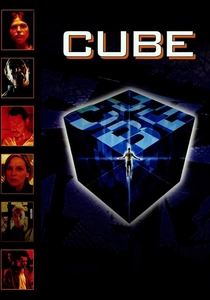
Cube (1997)
Description: A low-budget Canadian film that became a cult classic, Cube uses a simple premise to explore themes of survival, paranoia, and human nature in a sci-fi setting.
Fact: The film was shot in just 20 days. The set was built in an old factory, with the cube rooms constructed from foam core.
 Watch Now
Watch Now
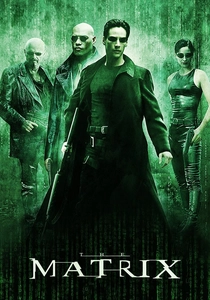
The Matrix (1999)
Description: A groundbreaking film that redefined the sci-fi genre with its concept of a simulated reality, The Matrix is a must-watch for its philosophical depth and revolutionary visual effects.
Fact: The film's "bullet time" effect, where time appears to slow down, was a pioneering technique in visual effects. The Wachowskis wrote the script in just three weeks.
 Watch Now
Watch Now
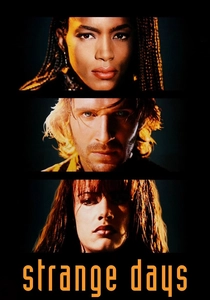
Strange Days (1995)
Description: Set in the last days of 1999, this film explores virtual reality and the recording of memories, offering a gritty, cyberpunk vision of the future.
Fact: The film was directed by Kathryn Bigelow, who would later become the first woman to win the Best Director Oscar. The technology depicted in the film was inspired by cyberpunk literature.
 30 Days Free
30 Days Free

